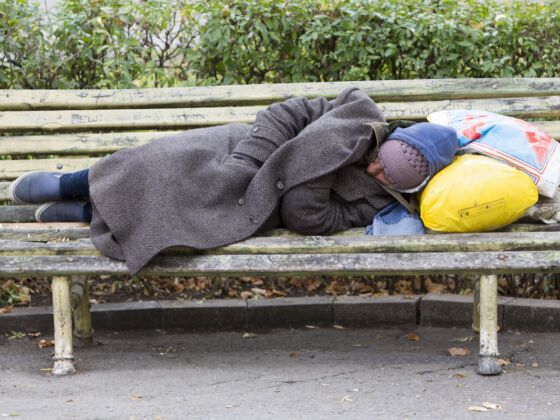1. “They’re all criminals.”
This is one of the most dangerous generalizations that we can make about homeless populations because it prevents non-profit organizations and the general public from feeling sympathy towards this demographic. The truth is that homeless people commit fewer crimes than those who are not homeless. And those who have committed a crime, are usually guilty of only status crimes which include loitering, trespassing and sleeping in public. Think about it, a status crime is something that would be hard to avoid if you called the streets your home.
The larger issue is that homeless people are easy targets for crimes that range from being beaten up to getting murdered. For a recent example of this, you only have to look as far back as July of this year, when four homeless people were lit on fire while they were sleeping in San Diego. The crime resulted in two fatalities. When it comes to violent crimes, we need to start realizing that the homeless are more likely to be the victims than the perpetrators.
